2025-10-09 Author:Ofiexperts
Work is no longer confined to the desk or the meeting room. As organizations rethink how offices can support people, a new concept has become central to workplace design—the “third space.” Positioned between focused work and formal meetings, lounge areas are increasingly seen as vital to a balanced and productive workplace.
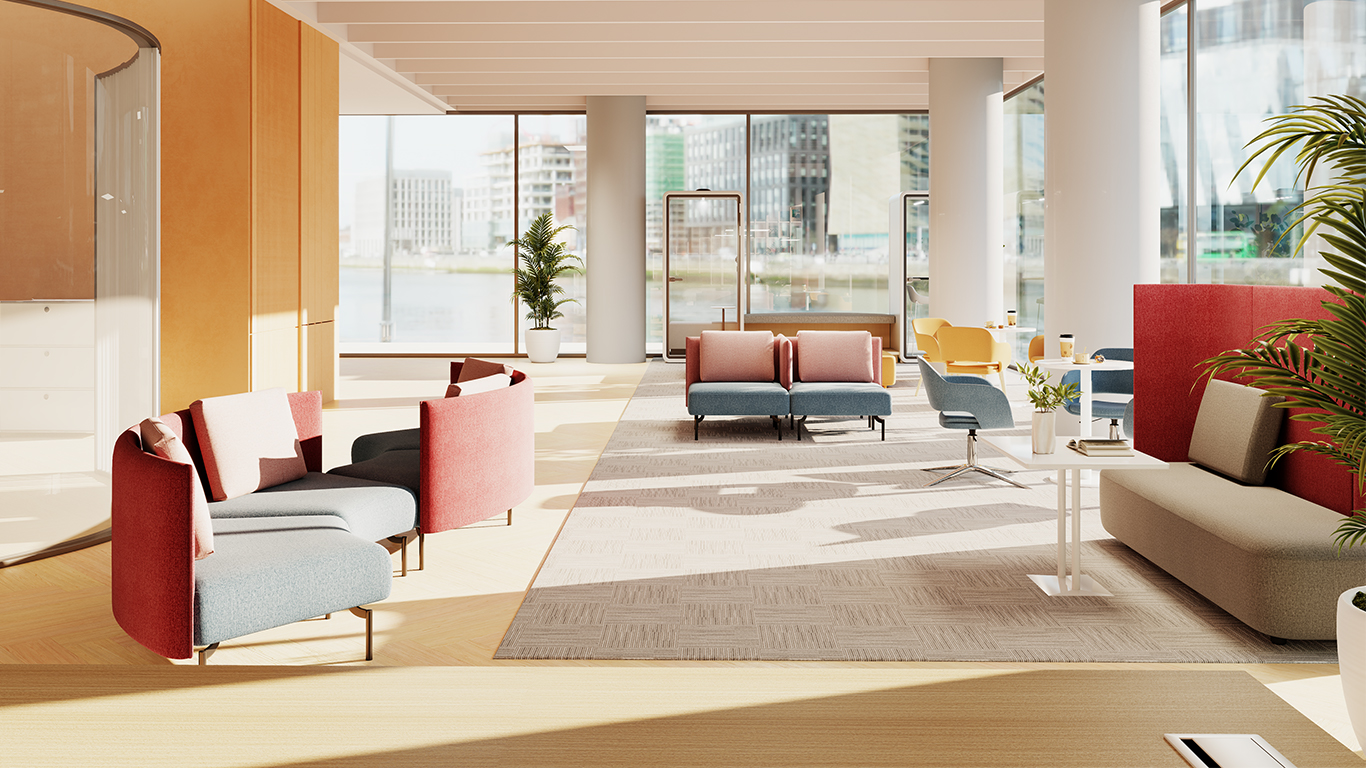
A Space for Connection
Lounge areas create opportunities for informal interactions that rarely happen in structured settings. A quick conversation over coffee or a chance encounter in a comfortable corner often sparks ideas that formal meetings overlook. These spaces foster relationships and strengthen team culture.
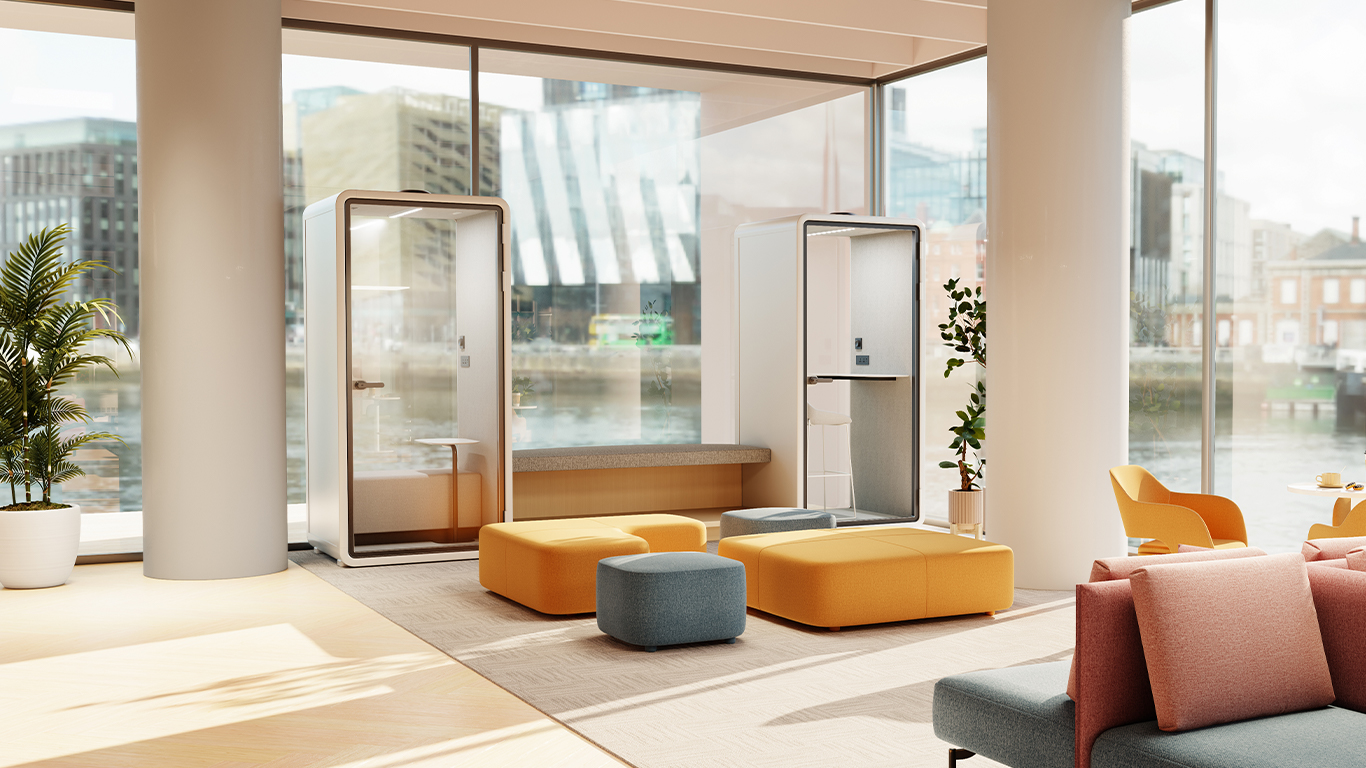
Supporting Flexibility
Modern work is fluid. Employees move between tasks that require concentration, collaboration, and rest. The third space provides a flexible environment where people can choose how they work—whether it’s brainstorming with colleagues, taking a private call, or simply pausing to recharge.
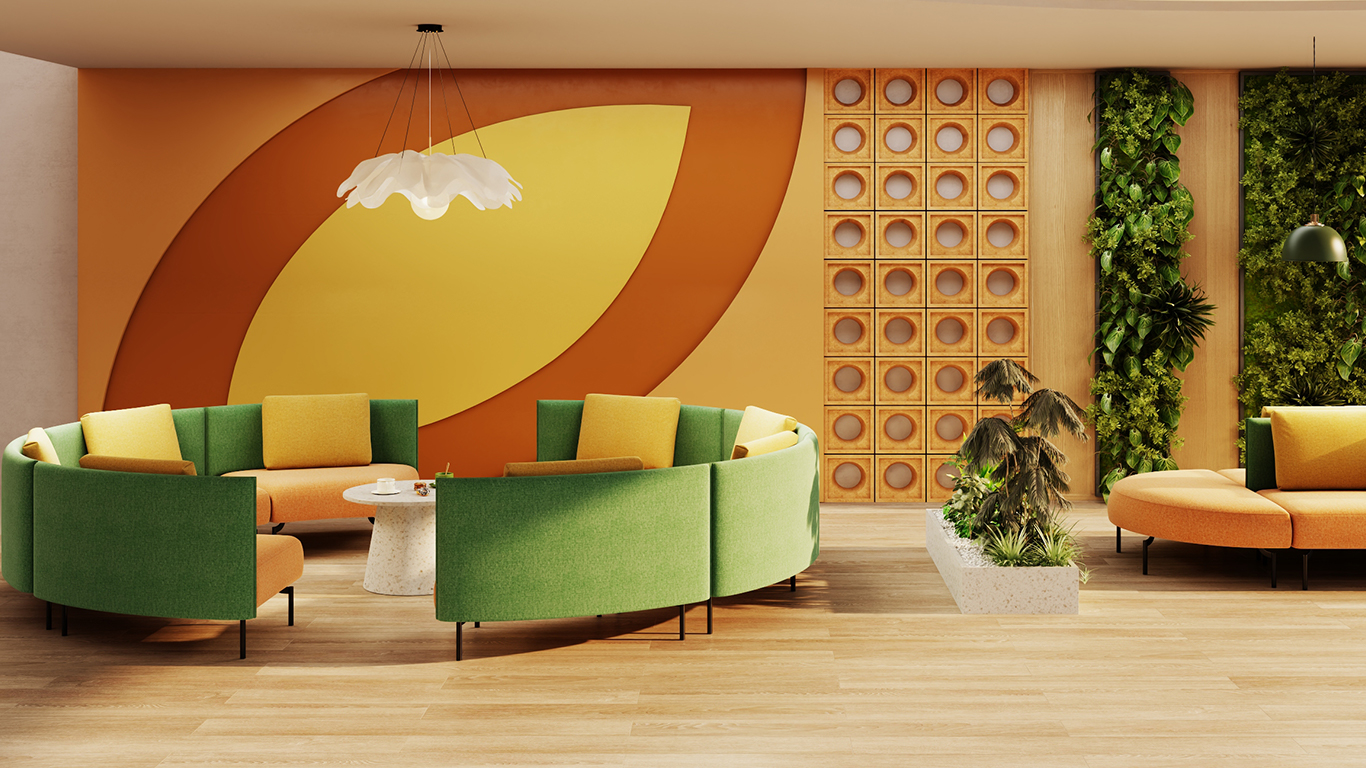
Enhancing Well-Being
Well-being is closely tied to performance. Lounge areas introduce elements of comfort, softer materials, and relaxed postures, creating a sense of ease within the office. By offering a break from the formality of desks and conference rooms, these spaces help reduce stress and improve focus when employees return to task-oriented work.
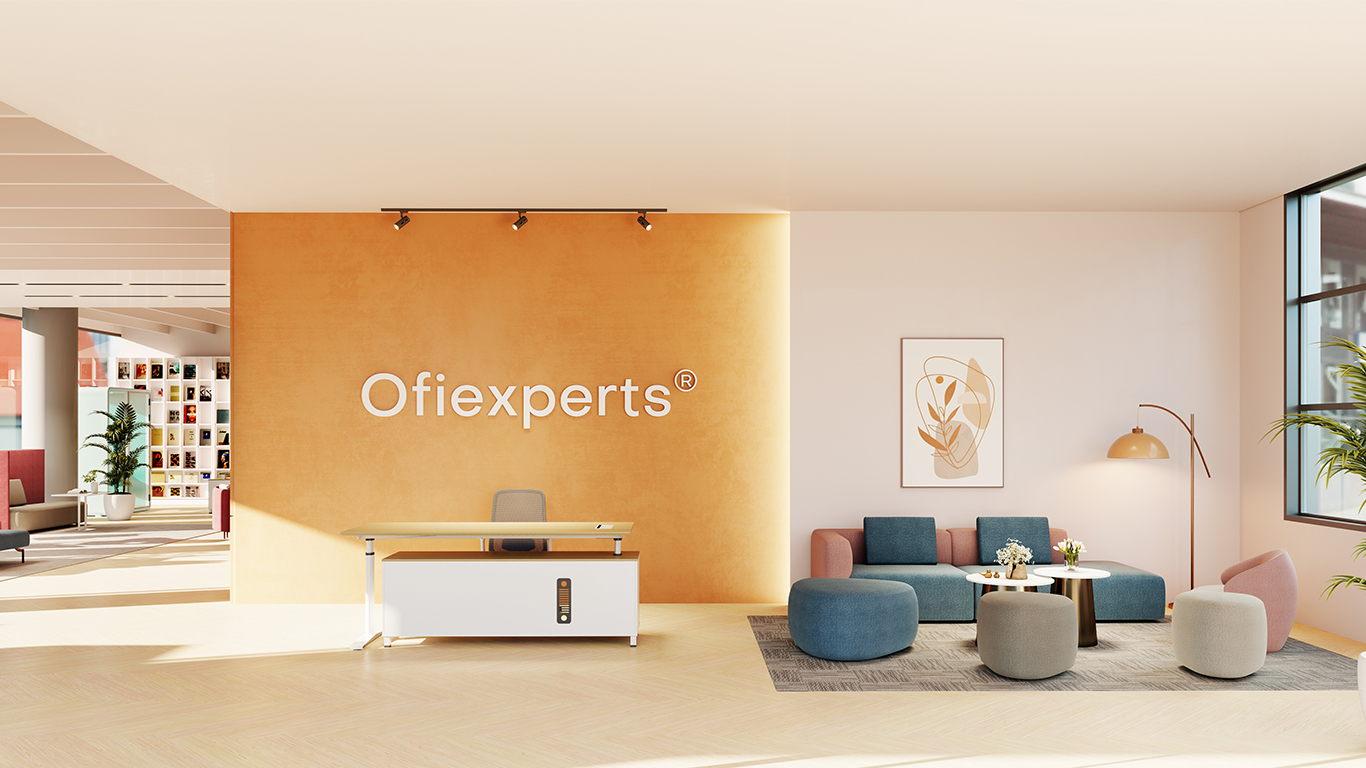
Reflecting Culture and Brand
The design of lounge areas communicates company values. A creative firm may favor vibrant, playful furniture, while a financial institution may opt for understated elegance. In both cases, the third space is a physical expression of organizational culture.
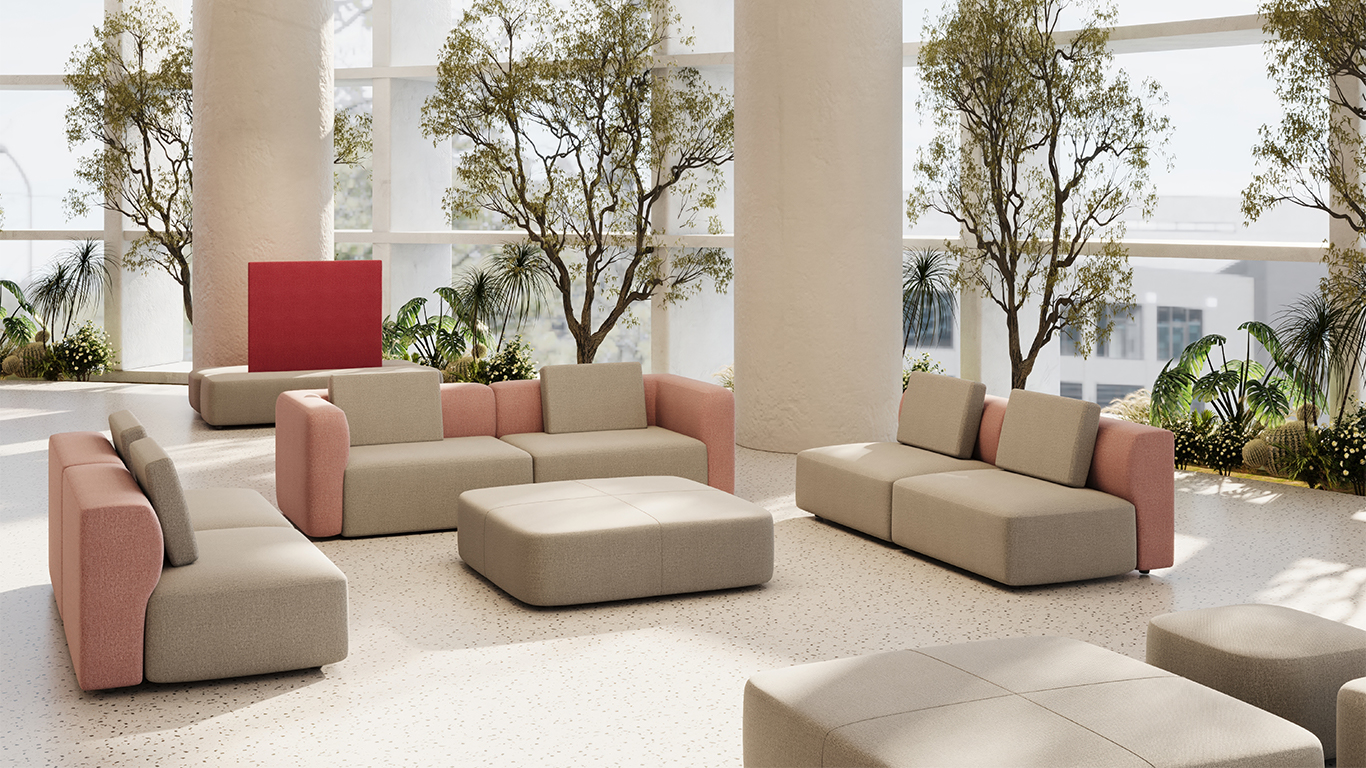
The Future of the Workplace
As hybrid work becomes the norm, offices are evolving into destinations for collaboration, culture, and community. The third space plays a central role in this shift, ensuring that the office is more than a place to complete tasks—it becomes a place where people want to be.
